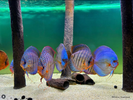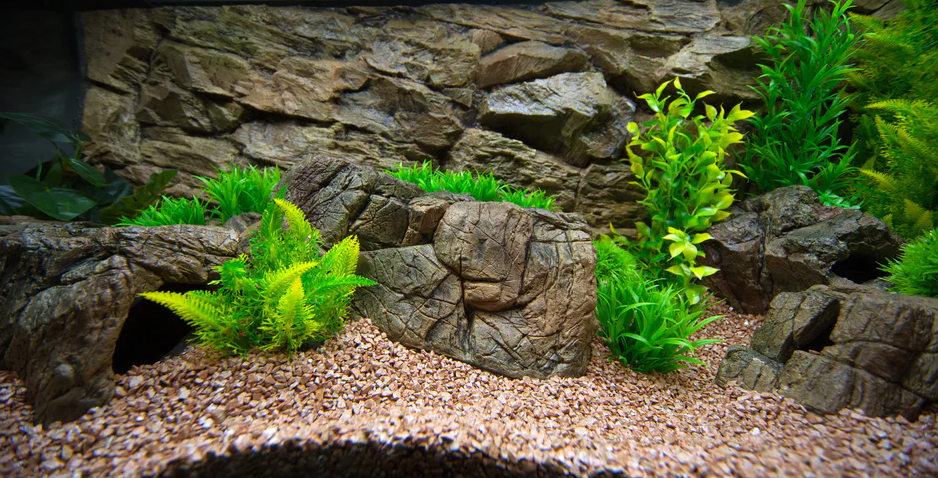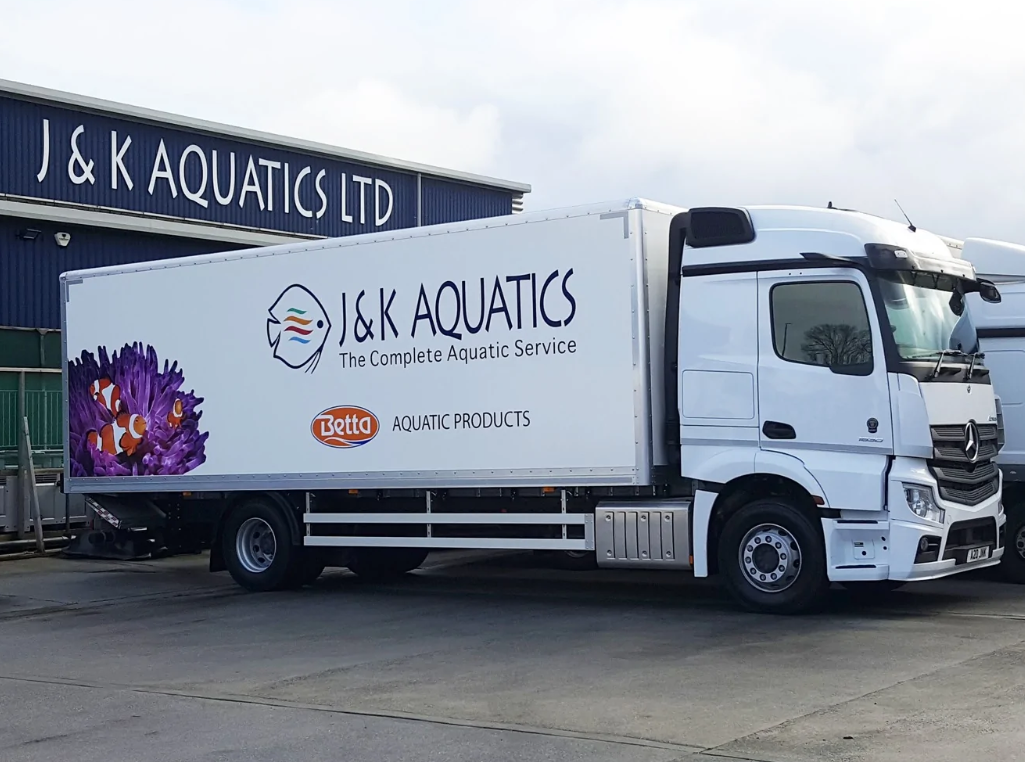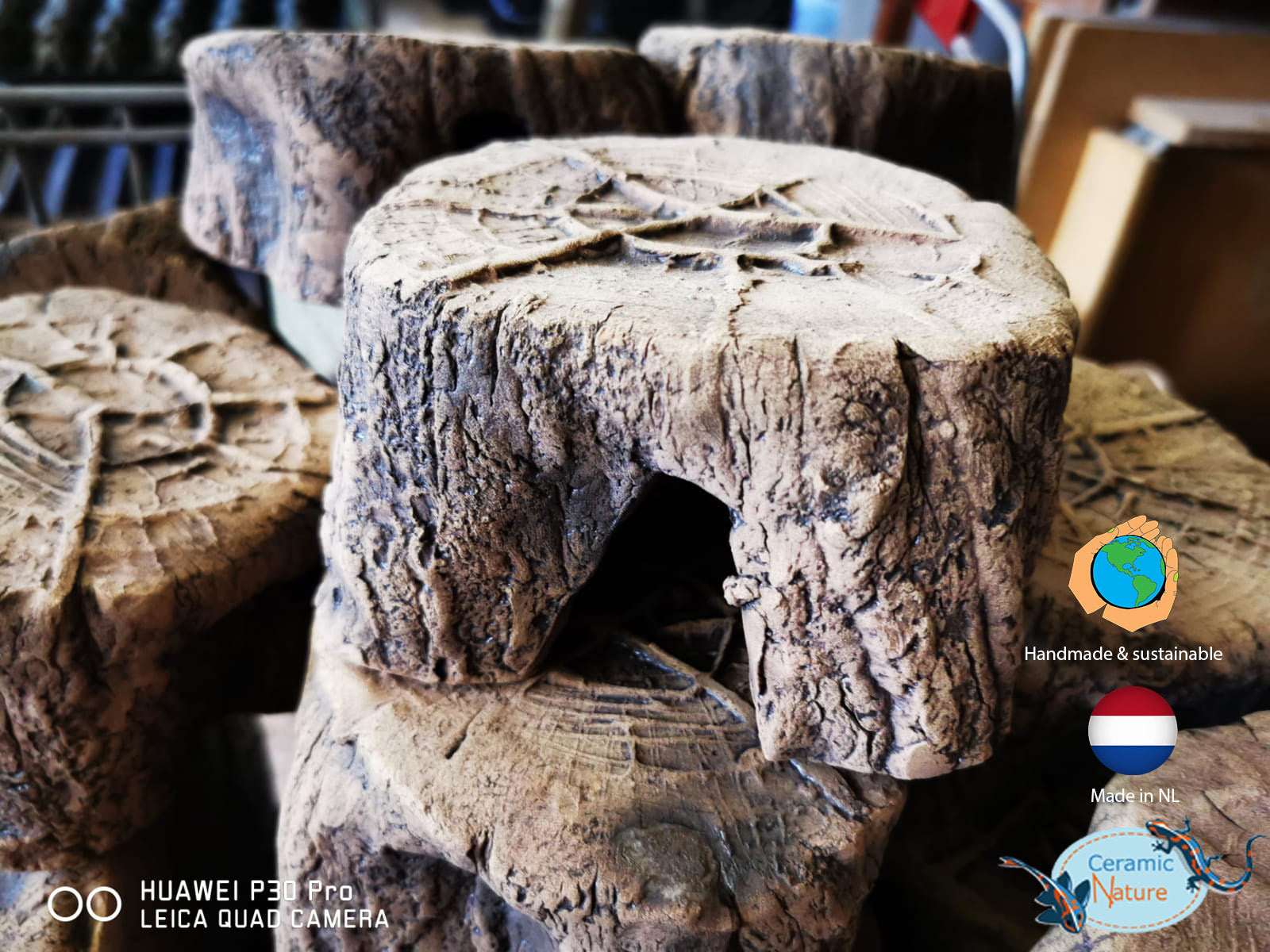All About the Discus Fish – Beautiful but Demanding

Discover the Truth About Discus Fish: Stunning, Social – and Surprisingly DemandingThinking of keeping discus fish? These vibrant freshwater beauties are captivating but far from beginner-friendly. Learn what it really takes to care for them—from tank setup and water values to nutrition, behavior, and health. A must-read for anyone considering this tropical showstopper.
All About the Discus Fish – Beautiful but Demanding
The discus fish (Symphysodon spp.) is one of the most stunning and beloved freshwater fish in the aquarium world. With its round shape and vibrant colors, it easily steals the spotlight. But this tropical species is not suited for beginners—discus fish require knowledge, care, and commitment.
Learn everything you need to know about responsibly keeping this fascinating species.
Is a Discus Fish Right for You?
Discus fish are sensitive to stress, unstable water conditions, and improper housing. They are best suited for experienced aquarists or those willing to fully dedicate themselves to learning their care needs.
Before buying discus fish, ask yourself the following questions:
- Do I have experience with tropical freshwater fish?
- Can I dedicate time daily for maintenance and observation?
- Do I have a large enough aquarium (minimum 250 liters for a group)?
- Am I willing to invest in equipment, food, and water quality tools?
- Do I have someone reliable to care for the fish when I’m away?
Housing: A Spacious and Stable Aquarium
Discus fish live in groups of at least 5 to 10 companions. To accommodate them properly, you’ll need a tank of 300 to 400 liters or more, with a length of at least 120 cm. The more space they have, the more natural and peaceful their behavior will be.
Minimum tank sizes for a group of discus fish:
- 300 liters for 6 adult fish
- 400 liters or more for a group with tankmates and plants
Key aquarium requirements:
- Water temperature: 28–30 °C, stable
- pH level: between 5.8 and 6.5
- Water hardness: soft water (2–8 °dGH)
- Filtration: powerful biological and mechanical filter
- Lighting: dim lighting, no direct sunlight
- Substrate: fine dark sand or gravel
- Layout: plenty of swimming space, some driftwood (e.g. talawa wood) and hardy plants like Anubias
💡 Tip: Use talawa wood, catappa leaves, alder cones, and other natural elements from our Nature4Pets collection to naturally soften the water and create an authentic Amazon-style habitat. These not only help stabilize pH levels but also provide calming decor that mimics the discus’ native environment.
Our handcrafted shelters and ceramic decorations create natural territorial boundaries without taking away swimming space. They’re safe for animals, people, and nature—perfect for a healthy tank setup.

Social Behavior: Never Alone
Discus fish are social animals. When kept in too small a group, dominant fish can bully weaker ones, leading to stress, underfeeding, and illness. Ensure a large enough group and monitor their social behavior.
Rule of thumb:
- 1 adult discus fish = at least 30 to 50 liters of water
- Group of 6 fish = tank of 300 liters or more
Tankmates: Choose Peaceful Companions
Discus fish are calm and shy. Avoid housing them with aggressive or overly active species. Suitable companions include:
- Hatchetfish
- Corydoras catfish
- Small South American dwarf cichlids
- Black neon or cardinal tetras
- Anatome Helena snails (great for cleaning up leftovers)
If breeding discus, avoid large bottom dwellers—they may eat the eggs.

Diet: Picky Eaters That Need Variety
Discus fish are known to be selective eaters and thrive on a varied, high-quality diet. Feed small amounts multiple times per day and avoid overfeeding, as leftover food quickly pollutes the water.
Recommended food:
- Live foods: artemia, black mosquito larvae, water fleas
- Frozen food formulated for discus
- Small amounts of premium dry food
Avoid: red mosquito larvae, tubifex, and beef heart—these can be unhealthy or pollute the tank.
Feeding tip: Feed 2–3 times per day, only what they can finish within a few minutes.
Care & Maintenance
Weekly:
- Test water parameters
- Change 20% of the water
- Remove waste and leftover food
Monthly:
- Rinse filter material using old tank water
Regular maintenance is essential for stable water quality—discus fish are highly sensitive to changes.
Health & Common Illnesses
Discus fish are delicate and can become sick from dirty water, stress, or temperature swings. Watch for signs like hiding, white spots, bloated belly, or clamped fins.
Common issues:
- Ich (white spot disease): parasitic infection—treat quickly
- Fin rot: often due to poor water conditions
- Hole-in-the-head disease: linked to poor nutrition or water quality
- Fish tuberculosis: incurable—requires isolation or humane euthanasia
- Nitrate poisoning: caused by overfeeding or infrequent water changes
Use our nitrate removers to reduce nitrate levels and maintain safe water conditions.
When in doubt, always test your water first or consult one of our trusted partners.
Summary: At a Glance
|
Characteristic |
Value |
|
Social behavior |
Group animal (min. 5) |
|
Minimum tank size |
300 liters |
|
Temperature range |
28–30 °C |
|
Ideal pH |
5.8–6.5 |
|
Water hardness |
2–8 °dGH |
|
Difficulty level |
High |
|
Suitable for beginners |
No |
Important: This Is Not Just a Plush Toy—But It Can Teach You a Lot
Our plush version of the discus fish is a soft introduction to this stunning yet demanding species. By learning about its needs, natural habitat, and care, we aim to raise awareness about responsible pet keeping.
Scan the QR code on the plush and dive into the real world of the discus fish!




